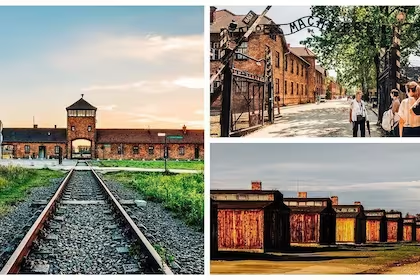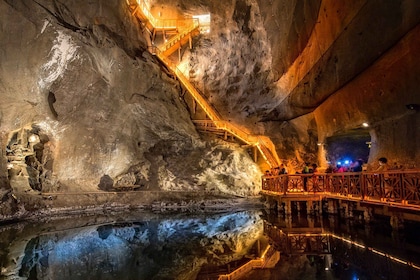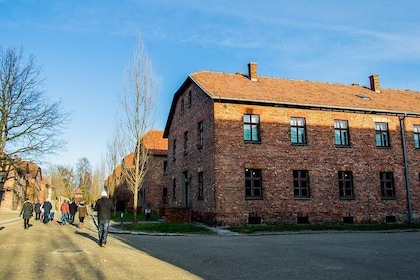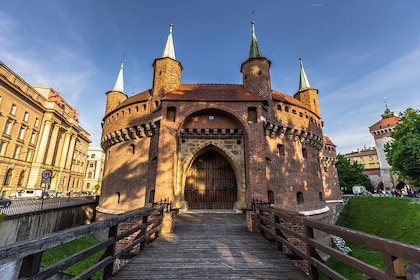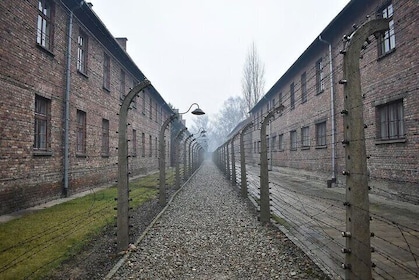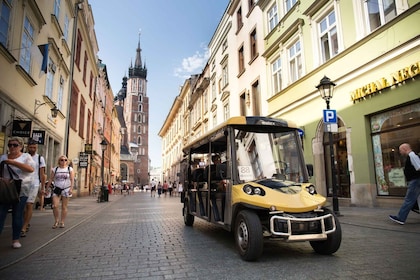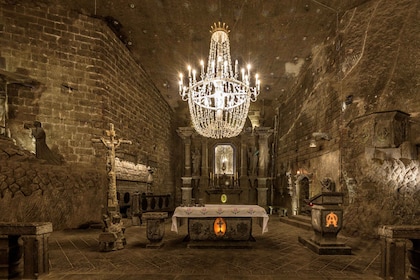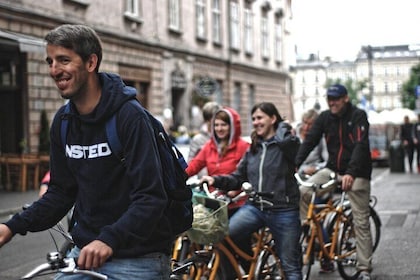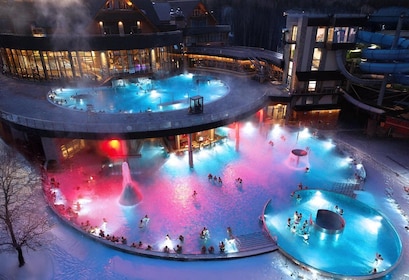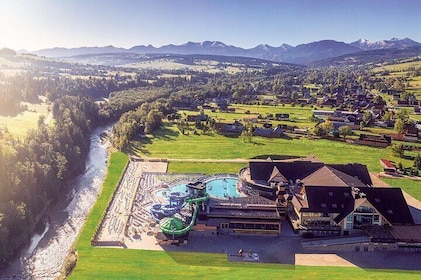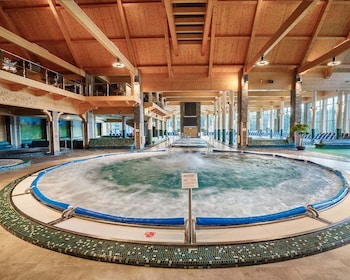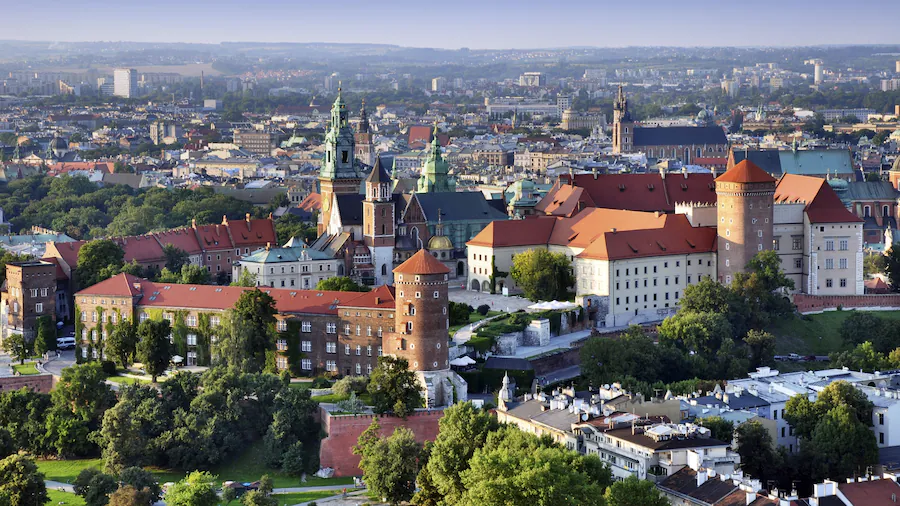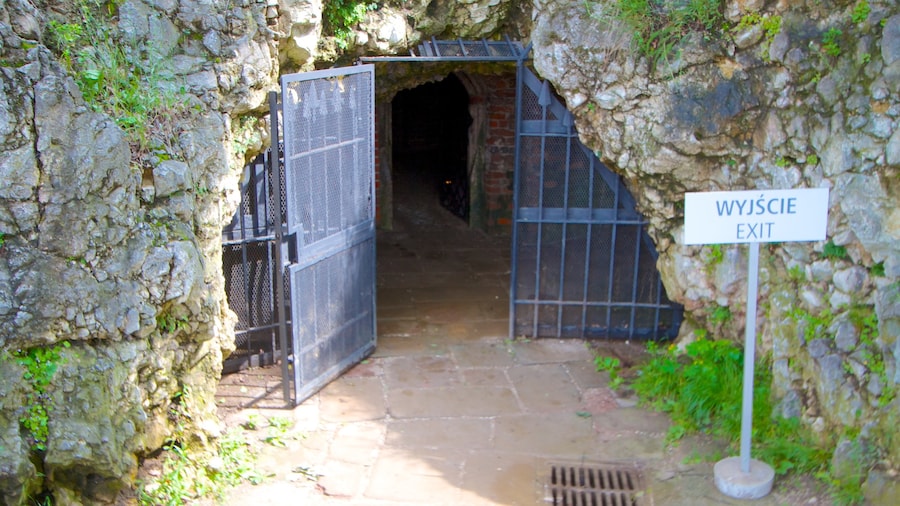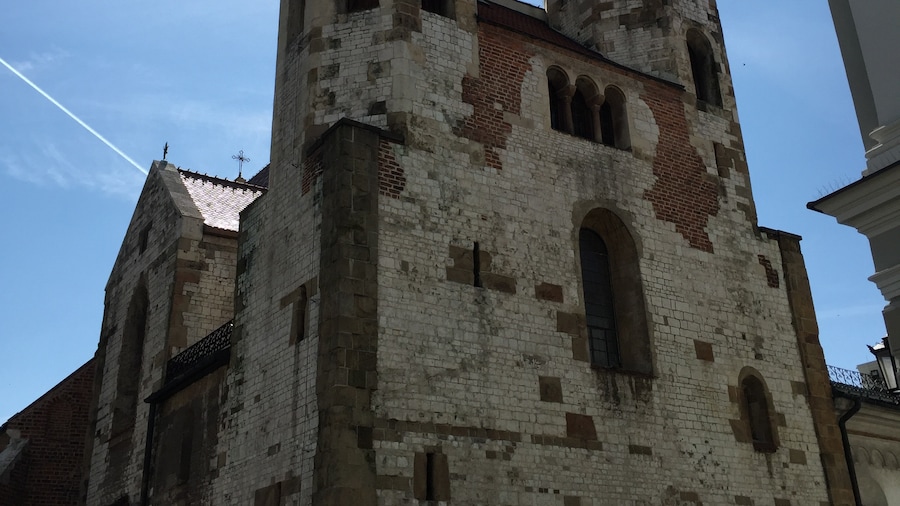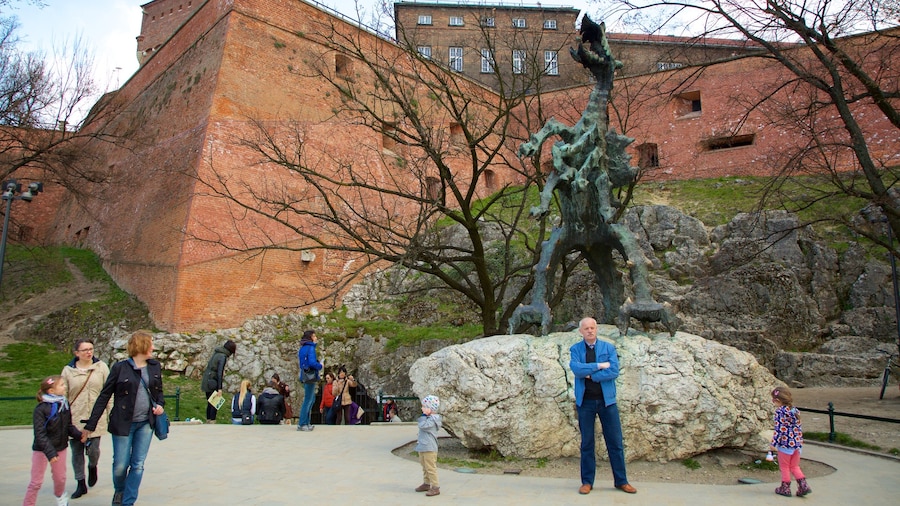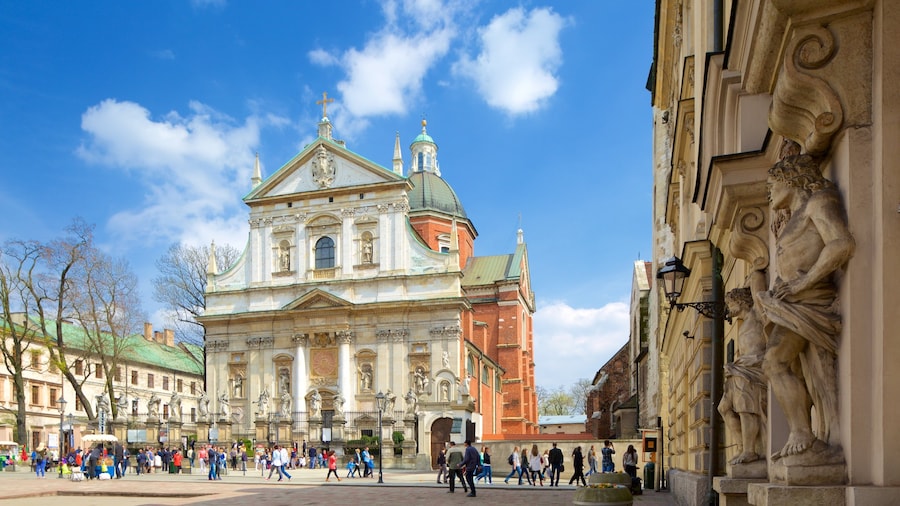Inside Poland’s most revered cathedral are the ornate tombs of Poland’s past kings and queens, religious artwork and a stunning 600-year-old bell.
See fine Renaissance works of art in the Wawel Cathedral. The stuccos, paintings and sculptures are some of the most revered in Europe. Stand beneath the golden dome of the Sigismund Chapel (Kaplica Zygmuntowska) and view the tombs of nearly all of Poland’s past monarchs. Up in the bell tower, touch the famous Sigismund Bell.
The Roman Catholic Wawel Cathedral is the most important religious building in Poland. Its history dates back to 1364 and the cathedral has been the site of the coronation of many of Poland’s monarchs. It is also where all but four of Poland’s 45 rulers are buried.
Enter the cathedral to see the impressive red marble sarcophagus of King Vladislav II. Further along are more tombs made from white marble, precious metals and sandstone.
Look into the chapels to see Baroque, Gothic and Renaissance artworks. In the Chapel of the Holy Cross are stained glass windows and Russian murals from the 15th century. View works by famous Renaissance artists such as Georg Pencz, Santi Gucci and Hermann Vischer in the Sigismund Chapel.
Underneath the black marble canopy in the main altar is the silver grave of St. Stanislaus. Notice the reliefs on the walls around the tomb that depict scenes of his life and his posthumous miracles.
One of the main features of the cathedral is the Sigismund Bell, the largest of five that hang in the belfry and date back to 1520. The bells are only rung during important state celebrations. If you are not visiting during one of these celebrations, you can still reach out and touch one of the bells.
The Wawel Cathedral is open daily. There are shorter opening hours on Sundays. It is closed on public holidays and state occasions. The cathedral is located within the grounds of Wawel Castle and is in easy walking distance from the Old Town (State Miasto). You can also get there by bus and tram. There is a small admission fee to enter the museum, belfry and tombs.





